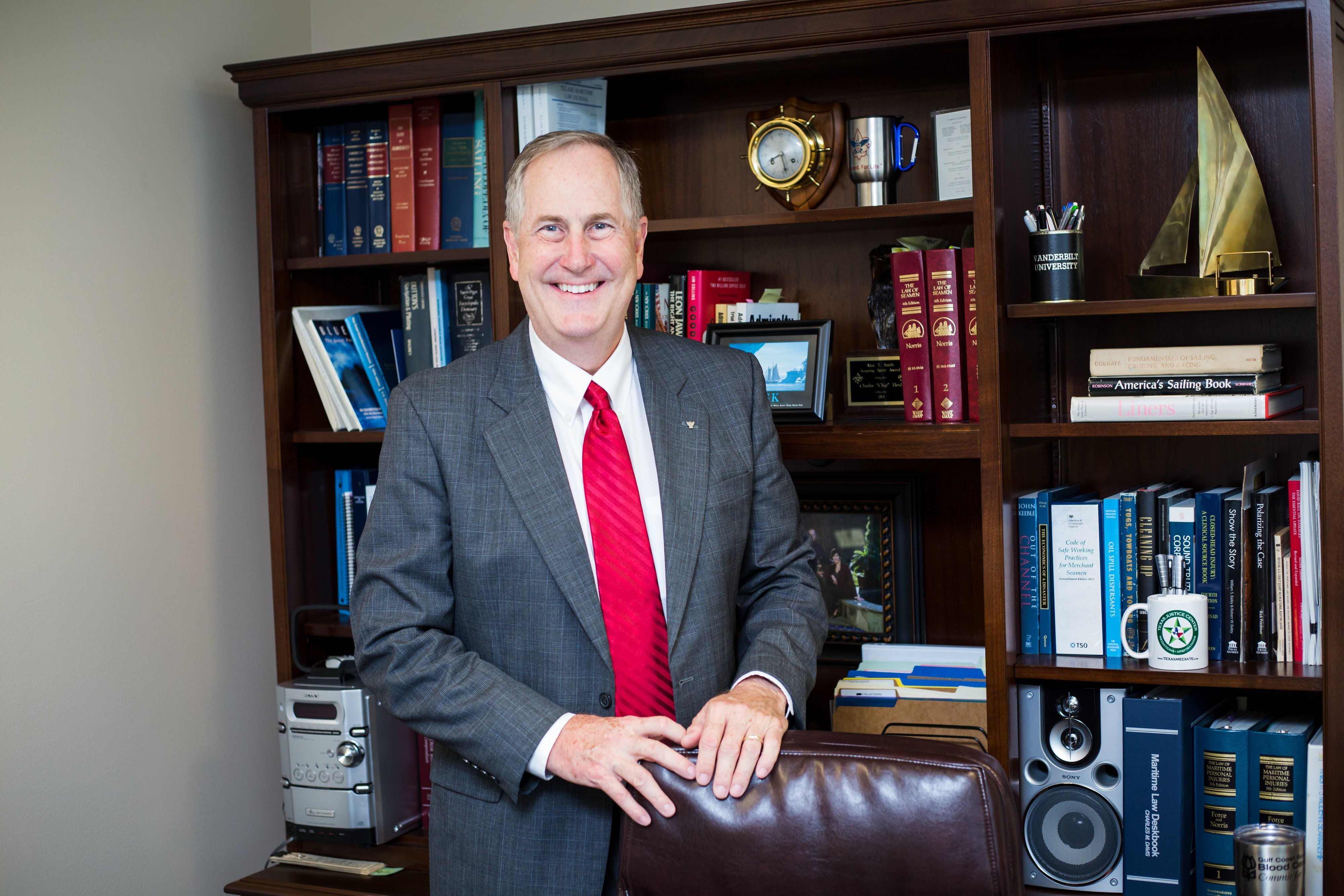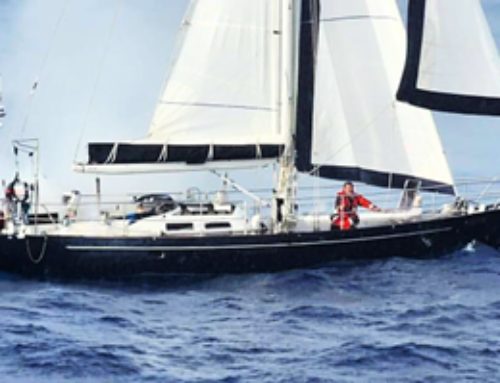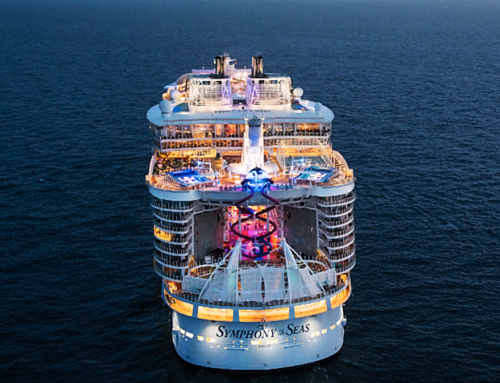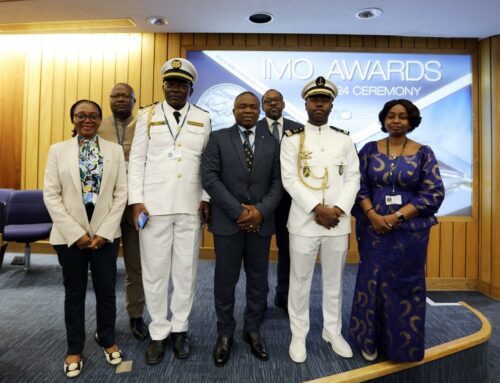Dallas’ Dangerous Roads: Can “Vision Zero” Turn the Tide?
 Dallas has gained a notorious reputation for its dangerous roads, placing it among the deadliest cities in the U.S. for both drivers and pedestrians. In response to this alarming reality, the Dallas City Council adopted an ambitious plan in June 2022 called “Vision Zero”, with a bold target: to eliminate all traffic deaths by 2030.
Dallas has gained a notorious reputation for its dangerous roads, placing it among the deadliest cities in the U.S. for both drivers and pedestrians. In response to this alarming reality, the Dallas City Council adopted an ambitious plan in June 2022 called “Vision Zero”, with a bold target: to eliminate all traffic deaths by 2030.
Vision Zero’s approach focuses on a comprehensive strategy, aiming to identify and address the deadliest road segments in the city. According to Dallas’ data, only 7% of the roads account for a staggering 62% of severe crashes. This shocking statistic has made the urgency of the initiative even more apparent.
The Deadliest Road Segments in Dallas
In March 2024, attention was drawn to the most dangerous areas for pedestrians. Now, the focus shifts to vehicle-on-vehicle collisions, where fatalities and severe injuries are most likely to occur. Some of the most hazardous road segments include:
- Great Trinity Forest from Jim Miller Road to U.S. 175
- Buckner Boulevard from Lake June Road to Great Trinity Forest
- Northwest Highway from Walton Walker Boulevard to Harry Hines Boulevard
- Buckner Boulevard from Interstate 30 to Forney Road
- Great Trinity Forest from South Central Expressway to Pemberton Hill Road
- Storey Road from the Irving City Limit to Northwest Highway
- Buckner Boulevard from Lake June Road to Bruton Road
- Buckner Boulevard from Scyene Road to Forney Road
- Ledbetter Drive from Interstate 35E to University Hills Boulevard
- Northwest Highway from Harry Hines to Timberline Drive
- Buckner Boulevard from Bruton Road to Scyene Road
- Ledbetter Drive from South Lancaster Road to Great Trinity Forest
- 2nd Street from Elsie Faye Heggins Street to U.S. Highway 175
- Corinth Street from 8th Street to Stella Avenue
- Jim Miller Road from Scyene Road to Forney Road
These roads share certain high-risk characteristics. A combination of wide lanes, “transition zones” that require abrupt speed reductions, and poor lighting make these areas particularly hazardous.
What is Being Done?
Vision Zero’s strategy emphasizes speed reduction, roadway redesigns, and enforcing traffic laws to help curb deadly accidents. Proven techniques, such as narrowing roadways and lowering speed limits, are central to their approach. The goal is to make the streets safer, both by design and through enforcement.
However, while Dallas has made some headway with this plan, city council members are increasingly frustrated with the slow pace of change. Debates this past April revealed concerns over resource constraints, which could hinder the city from meeting its 2030 deadline.
Dallas isn’t the only city with this problem. Other major Texas cities, including Austin, Houston, and San Antonio, have also joined the Vision Zero initiative. But, despite years of effort, many of these cities have seen limited progress in achieving their zero-fatality goals.
However, while infrastructure improvements are critical, many have made the point that changing the culture around transportation is equally important. It requires collaboration across multiple disciplines — public health, road design, law enforcement, and more — to fully understand and address the root causes of serious crashes.
But perhaps the biggest challenge lies in shifting the mindset of both traffic engineers and the general public. Creating safer roads isn’t just about redesigning them; it’s about fostering a community-wide commitment to safety and rethinking the way we use our streets.
With only six years left to achieve the ambitious Vision Zero goal, the road ahead looks daunting. While there is a clear understanding of where the most dangerous areas are and what needs to be done, the challenges of funding, coordination, and cultural change may slow down progress.
Despite these hurdles, Dallas’ commitment to Vision Zero is a step in the right direction. Whether the city meets its 2030 target or not, the initiative is raising awareness, creating momentum, and hopefully, making Dallas roads safer — one step at a time.
We at the Herd Law Firm, PLLC, are drivers, passengers, bicyclists, pedestrians and motorcycle riders, too! We support all people injured on the road, and have successfully represented such victims seeking the assistance and compensation they so need and deserve.
9/16/2024










